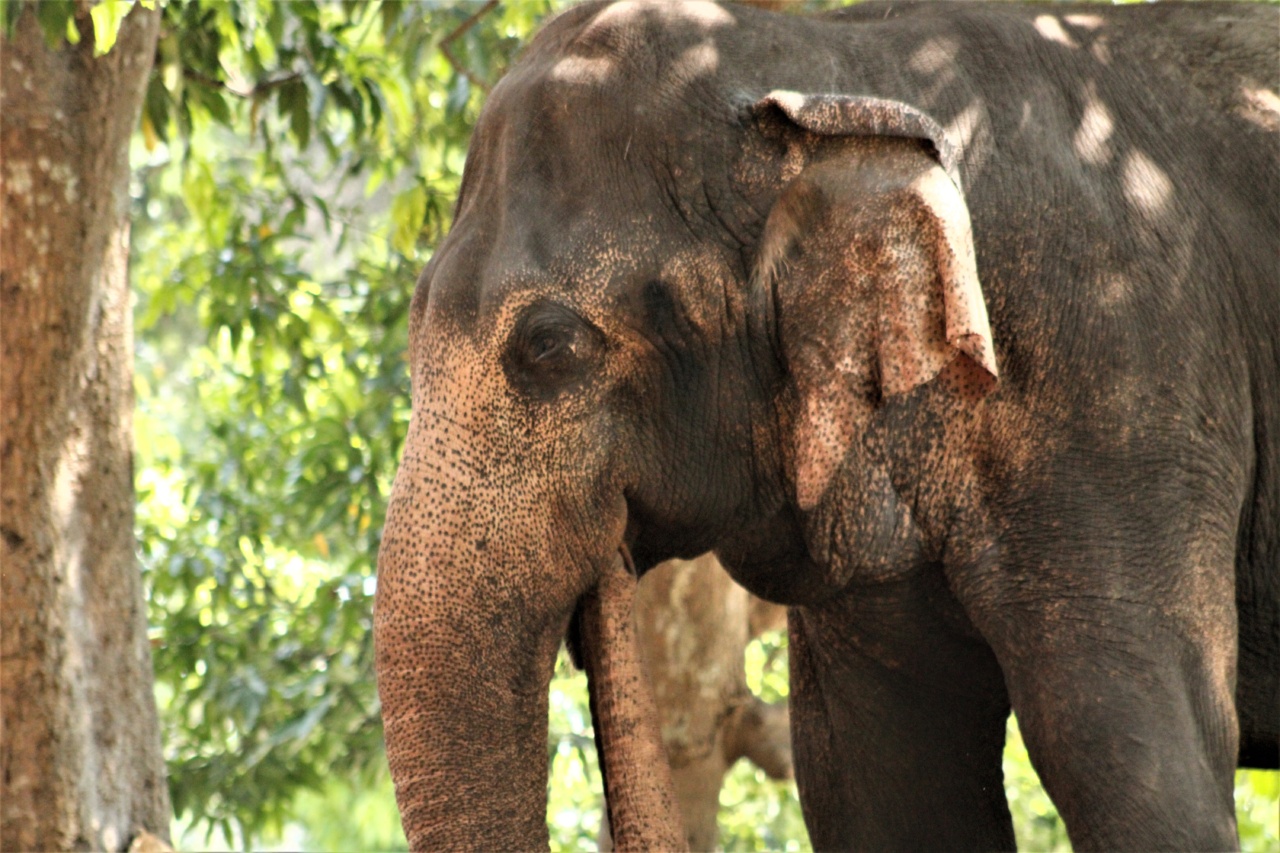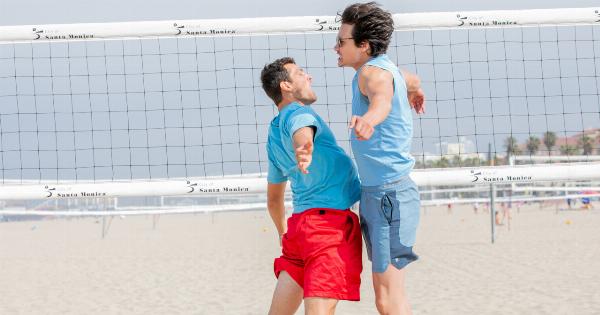Summer heat is officially here and while many people love basking in the sunshine and spending time at the beach, others find the extreme temperatures unbearable.
Identifying the initial signs of summer heat can help individuals prepare for the coming season and stay safe as the temperatures rise.
1. Increase in Humidity Levels
Before the summer heat sets in, the humidity levels tend to rise. Humidity is the amount of moisture content in the air. High humidity can cause discomfort as it affects the body’s natural cooling mechanism.
When humidity levels are high, body sweat takes longer to evaporate, which can lead to feelings of discomfort, sluggishness, and heat exhaustion. Individuals living in areas with high humidity levels may notice an increase in perspiration or feel clammy to the touch.
2. More Frequent Sunburns
As the temperatures rise, people tend to spend more time outdoors soaking up the sunshine. While a healthy dose of sunshine can be great for the body, too much exposure can result in painful sunburns.
The initial signs of summer heat include more frequent sunburns, especially on areas of the skin that are often exposed to the sun.
3. Dehydration
One of the most dangerous effects of high temperatures is dehydration. As the body loses more fluids than it takes in, dehydration sets in, which can cause dizziness, confusion, and even heat stroke.
The initial signs of dehydration include dry mouth, headaches, and darker than usual urine. Individuals experiencing these symptoms should drink plenty of fluids and avoid being outdoors in the heat of the day.
4. Heat Rash
In extreme heat, the skin can become irritated and develop a rash known as heat rash. The rash is characterized by small, red, itchy bumps that usually appear on the neck, chest, back, and groin areas.
Heat rash often occurs when sweat ducts become clogged and can’t release perspiration, causing a build-up of sweat in the skin. Individuals experiencing heat rash should take steps to keep their skin cool and dry, such as wearing loose-fitting clothing and using a fan or air conditioner in their home.
5. Night Sweats
As temperatures rise, many people may notice an increase in night sweats. Night sweats are characterized by excessive sweating during sleep and can be a sign of heat exhaustion.
Individuals experiencing night sweats should move to a cooler location and drink plenty of fluids to avoid dehydration.
6. Increased Thirst
As the body becomes more dehydrated, thirst levels tend to increase. In some cases, thirst may become extreme and difficult to quench.
Individuals feeling constantly thirsty even after drinking plenty of fluids should seek medical attention as it may be a sign of heat exhaustion or heat stroke.
7. Fatigue and Lethargy
High temperatures can cause the body to work harder to regulate internal temperature. This increased workload can lead to feelings of fatigue and lethargy.
Individuals may find that they need more rest during the day and may have trouble sleeping at night. If feelings of fatigue and lethargy persist, individuals should seek medical attention to rule out heat stroke.
8. Heat Cramps
Heat cramps are involuntary muscle contractions that occur when the body has lost too much salt and other electrolytes through sweating. Heat cramps may feel like mild to severe muscle spasms and can occur in almost any muscle group.
Individuals experiencing heat cramps should take a break from physical activity and replenish fluids and electrolytes.
9. Migraines and Headaches
High temperatures can cause blood vessels in the brain to dilate, leading to migraines and headaches. The initial signs of summer heat may include more frequent headaches or migraines than usual.
Individuals experiencing these symptoms should avoid direct sunlight and drink plenty of fluids.
10. Red or Flushed Skin
As temperatures rise, the skin may turn red or flushed. This can happen when blood rushes to the skin’s surface to aid in the cooling process.
The initial signs of red or flushed skin, especially in a hot and humid environment, may indicate the onset of heat exhaustion.
Conclusion
As temperatures rise, it’s important to pay close attention to the initial signs of summer heat. By identifying these indications early, individuals can take steps to prevent heat exhaustion or heat stroke.
Simple steps, such as staying indoors during the hottest part of the day, staying hydrated, and wearing loose-fitting, breathable clothing, can help individuals stay safe during the summer months.

























